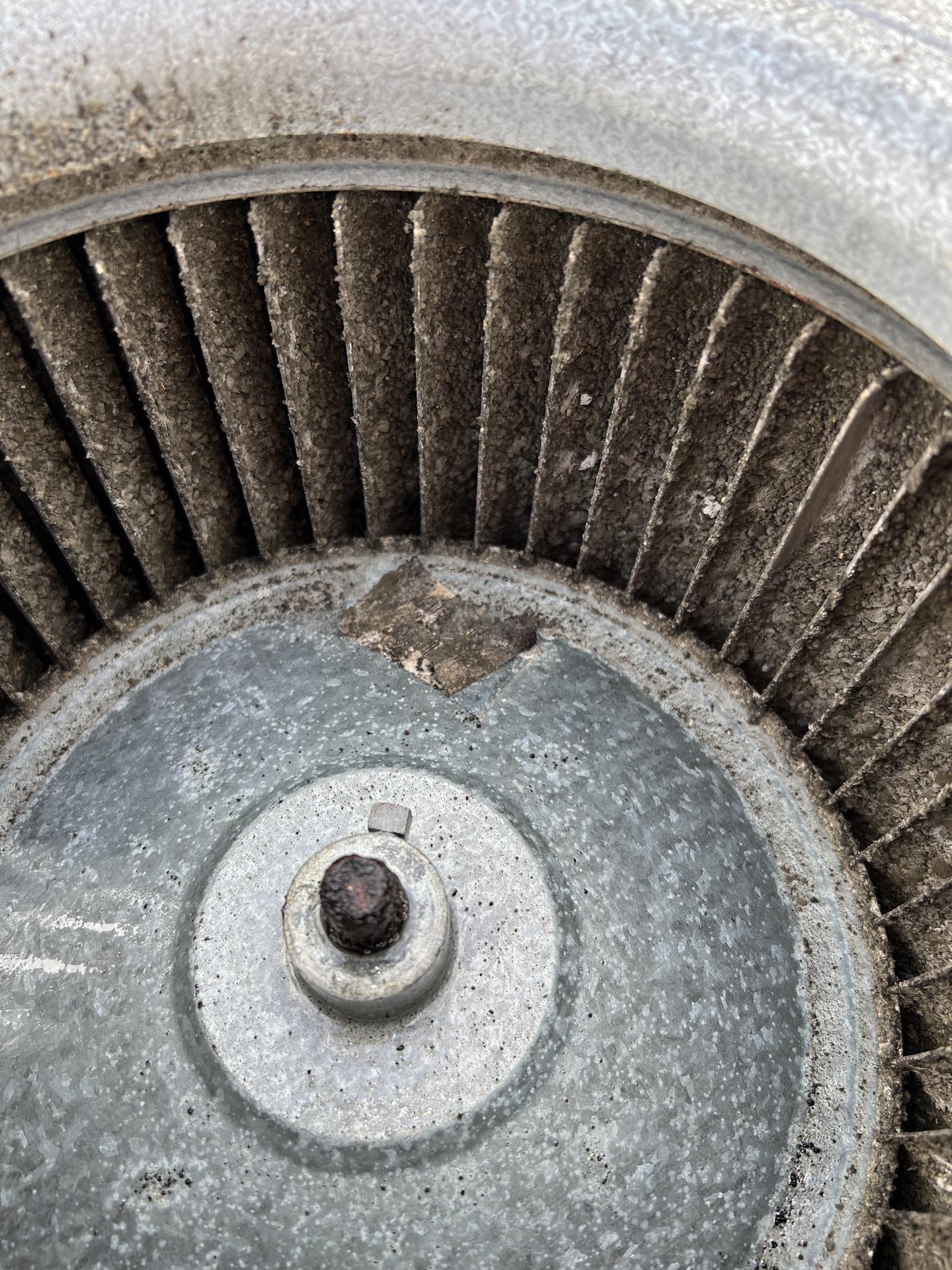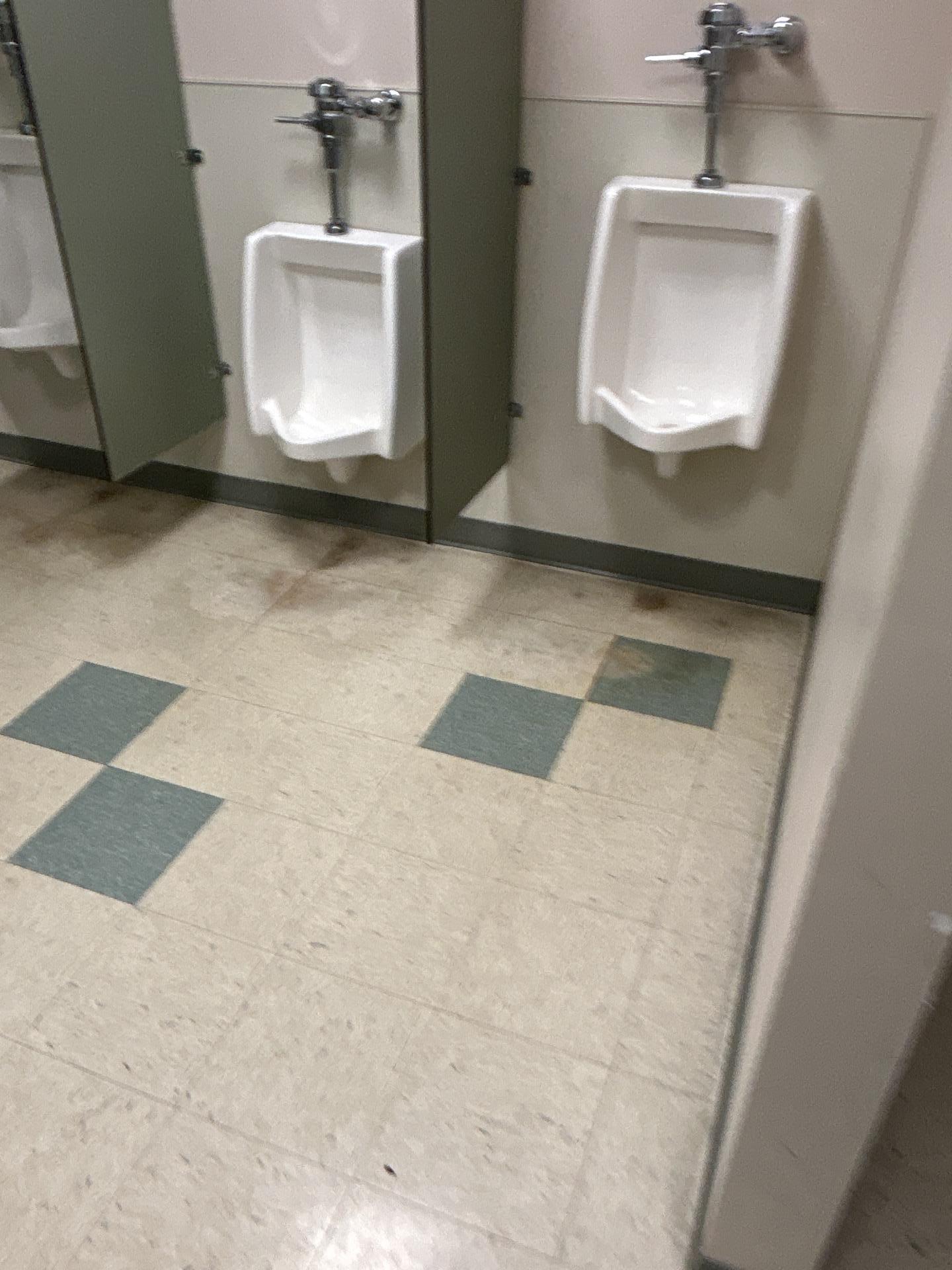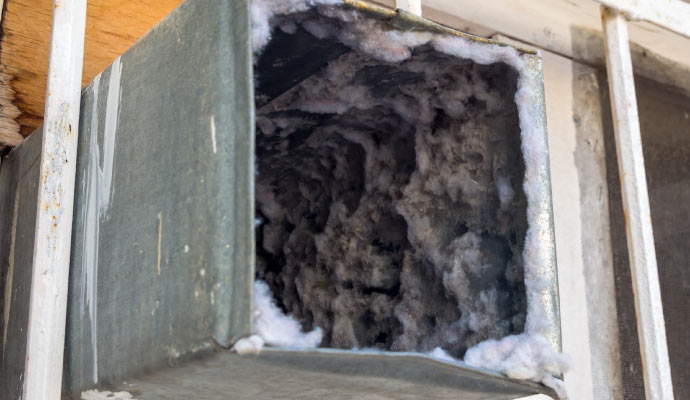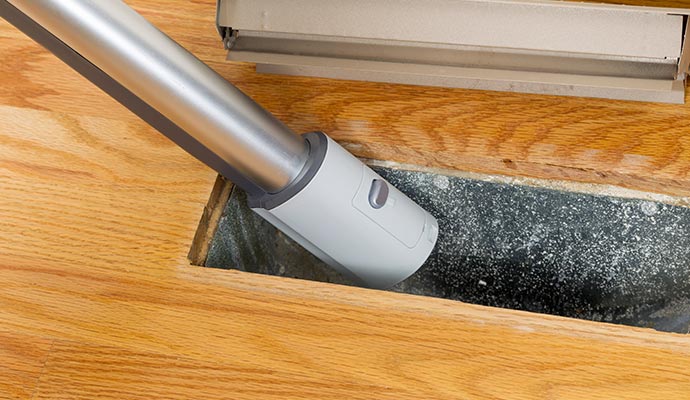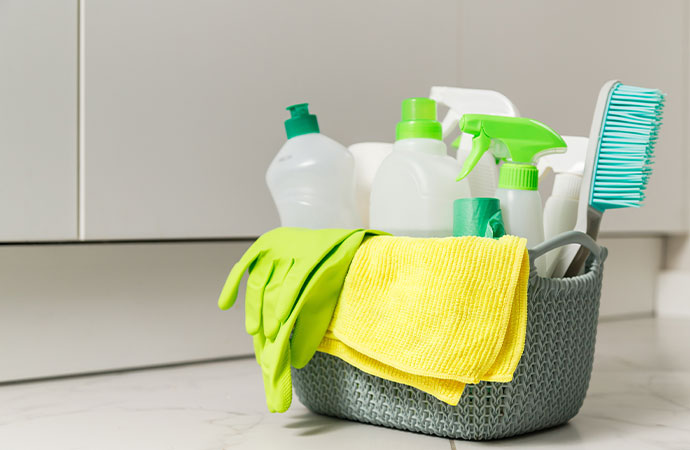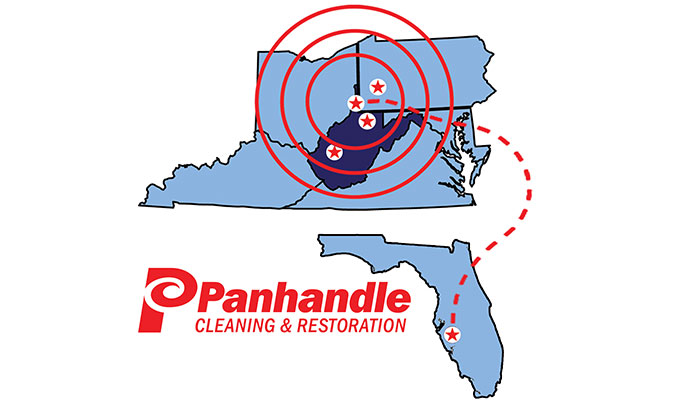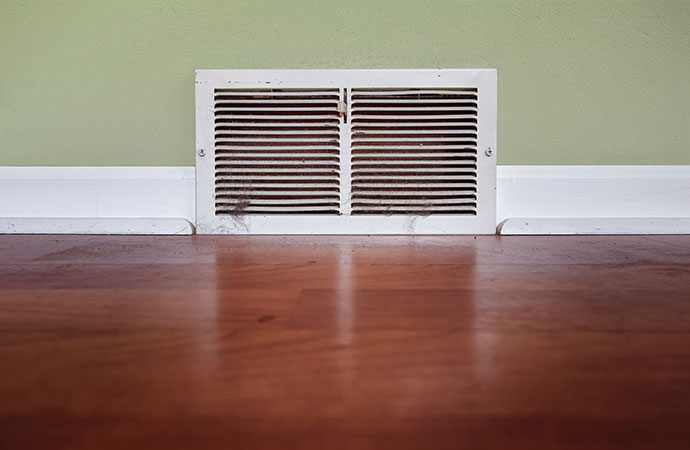
How to Clean Air Ducts: A Comprehensive Guide
When it comes to cleaning your home, a few common tasks and locations come to mind. For example, you know you’ll need to scrub the toilets, mop the bathroom and kitchen floors, dust the bedrooms, etc. One area of the house that rarely springs to mind, however: the air ducts.
The air ducts connect to your air conditioning and heating units, allowing them to collect, heat up, or cool down the air and then send it throughout the house to maintain a certain temperature.
This is all good until you consider how much dirt and debris gets caught in the air and sent through these ducts. Add on the fact that this air will be recycled multiple times per day, and you can start to see why the air ducts may need to be periodically cleaned.
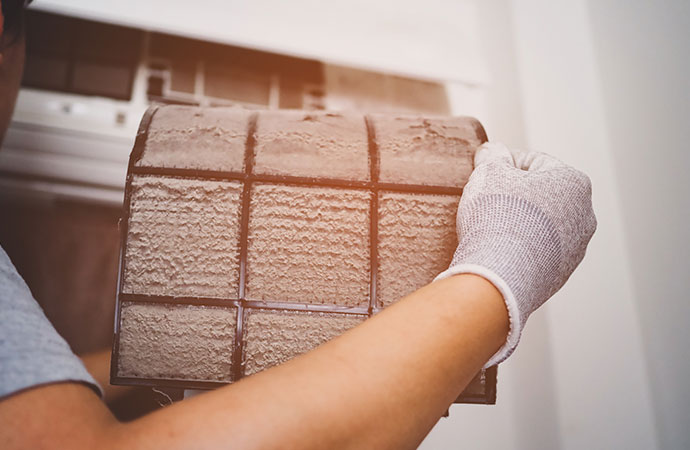
Why Should You Clean Your Air Ducts?
Over time, your ducts will collect dust, pollen, debris, and other contaminants that will then be spread throughout the house. When windows are open or when the system is off, it may not seem like a problem, but the story changes once the windows are closed, and the system is activated.
You may begin to cough and sneeze more, and you may also experience watery or itchy eyes. To make it worse, the longer the vents are left unchecked, the more likely mold will grow, or pests such as rodents or insects will take up residence inside. Cleaning your air ducts will remove any pests, mold, allergens, and more that may be accumulating within.
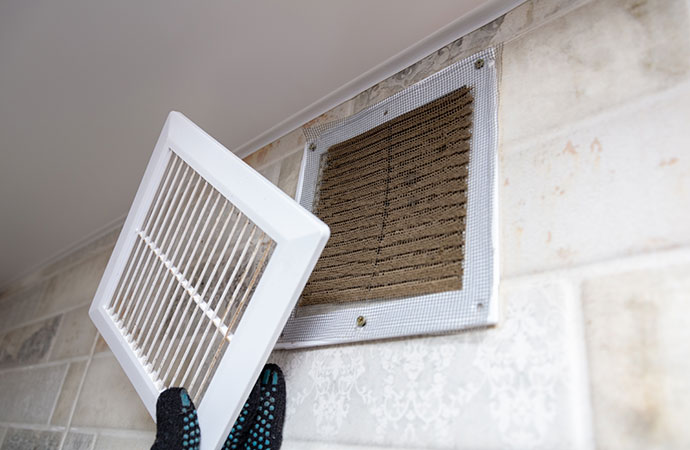
How Often Should Air Ducts Be Cleaned?
Getting your air ducts cleaned every three to five years will suffice. However, it may need to happen sooner if allergy or asthma symptoms worsen despite your attempts to alleviate them, you notice mold growth around vent covers or inside the vents, or if you suspect a pest infestation. If you plan on renovating your home, you might want to get your air ducts cleaned afterward to remove the extra dust and dirt you’ll have created.
If you notice your heating or air conditioning unit struggling to run or your energy bill rising, these may also be signs to get your ducts cleaned. As dust accumulates within the system, the unit has to work harder to maintain the desired temperature. As a result, it may run harder for longer and take more energy to run. Cleaning the ducts will remove this dust and allow your unit (and your wallet) to breathe a sigh of relief.
Can You Clean Them Yourself?
While attempting to clean your air ducts yourself may sound appealing, it may not be the best idea. Air duct cleaning isn’t as simple as crawling in and vacuuming up piles of dust and wiping the walls, ceiling, and floor; they’re small and not designed to be crawled in.
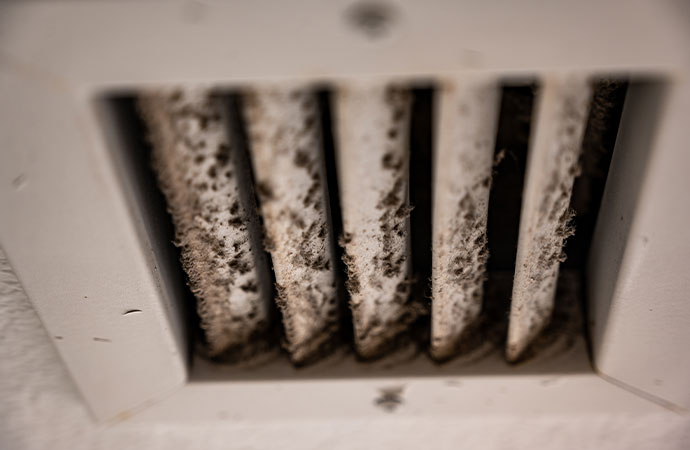
The equipment used in the process is specialized and high-powered. As a result, it may be difficult or expensive for you to get your hands on. Then, even if you could, you would need to learn how to use them correctly, which may cause more problems or even cause damage to your system, which would be expensive to repair.
On top of this, there are small, sensitive parts that would also need to be cleaned. If done incorrectly, you could cause damage here, too, which also results in an expensive repair. With all of this in mind, it’s best to make an appointment with a professional, like the team at Panhandle Cleaning & Restoration.
That being said, there are some things you can do to make the job easier for professionals and help keep your home and ducts clean. You can remove the vent coverings carefully, place the screws somewhere where they won’t get lost, set them in a bucket of water and soap, let them soak for somewhere between ten and twenty minutes, then scrub them thoroughly with a brush before rinsing them off and air drying them.
You can also check your vents occasionally to try and catch any issues while they’re in their early stages. Make sure to also replace your furnace filter regularly, as this collects and accumulates dust and dirt as well.
Before your appointment, you should move any furniture away from the system and vents. This gives the professionals enough space to work and can prevent your furniture from collecting any dust that may escape through the vents during the cleaning. Also, ensure that any pets and children are occupied and out of the technicians’ way to make the process easier and safer for all parties.
What Happens During the Appointment?
The appointment will take a few hours, and there’s a common process that is followed. This always starts with an inspection. The technician will inspect the duct system, see how large it is, identify what they need to do and how long it will take, and may even identify parts that need to be repaired or replaced.
After the inspection, they will begin cleaning the ducts, assuming no major issues are discovered. The cleaning process can happen in a few ways with a few tools, but it will likely involve a large, high-powered vacuum and may also include a brush. Fans and other cooling unit pieces may also be cleaned during this process.
Once cleaned, the technicians will perform a second inspection to ensure everything is clean and working the way it should. Once everything is cleaned, the technicians will pack up, hand you the bill, which could be anywhere from a few hundred to a few thousand dollars, depending on factors such as what they found and how intensive the cleaning was, and leave.
What Should You Do After the Ducts Are Cleaned?
Once the technicians depart, there are a few things you may need to do. If they recommend any repairs that didn’t need to be completed before the cleaning, you may need to schedule repair appointments.
You should also check around the HVAC system and all of the vents before putting back the furniture to ensure there isn’t a mess. While the technicians will do everything they can to keep your home clean, there are limits to what they can do, and sometimes dust and debris will escape through a vent.
Simply vacuuming the area under or around the vent should collect all of the dust. Finally, you can replace the furniture and take a deep breath. Your air system is now clean, and our indoor air quality has dramatically improved.
Why Choose Panhandle Cleaning & Restoration?

